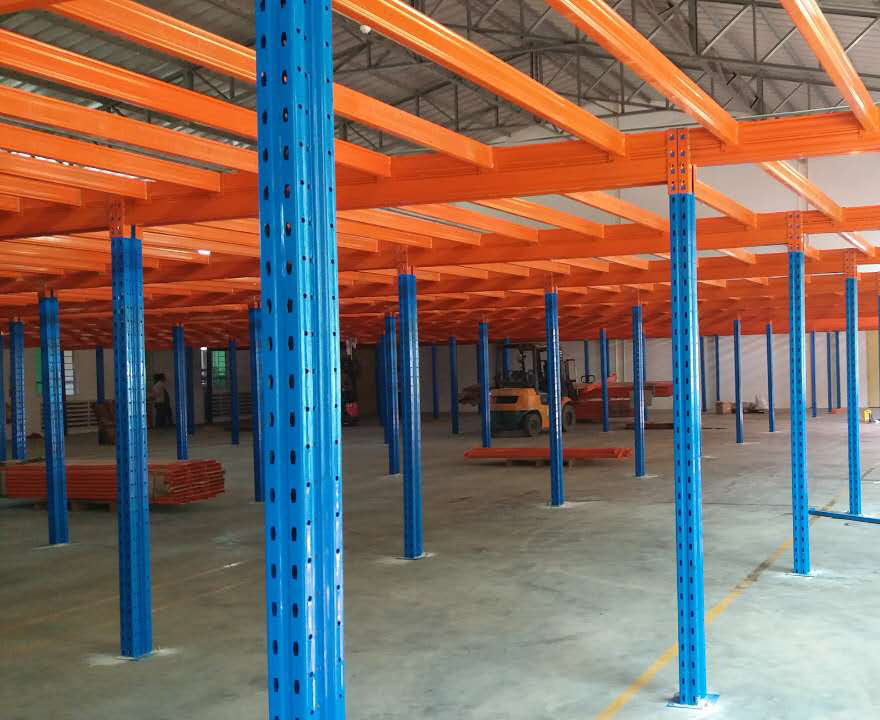If you’re searching for a storage loft platform, you’re likely managing inventory, retail operations, or e-commerce logistics. But with so many options out there, how do you pick the right platform for your needs? The wrong choice could mean wasted time, money, and headaches. To help you avoid that, let’s break down the key features and factors to prioritize when evaluating a storage loft platform.
Let’s face it—no one wants to fight with clunky software. A good storage loft platform should make your life easier, not harder. Look for intuitive dashboards, drag-and-drop functionality, and clear navigation menus. For example, can you quickly locate inventory data? Is it easy to update product details or track stock levels?
If your team struggles to learn the platform, adoption rates will plummet. Test demos or free trials to gauge how user-friendly the interface feels. Bonus points if the provider offers tutorials, 24/7 support, or AI-powered chatbots to guide new users.
Pro tip: Ask yourself, *“Could my least tech-savvy employee figure this out in 30 minutes?”* If the answer’s “no,” keep looking.

A storage loft platform might work today, but will it still meet your needs in two years? Scalability is critical, especially if you’re a fast-growing business. Ask:
Avoid platforms that lock you into rigid contracts or charge exorbitant fees for adding users or features. Flexibility matters—your storage needs today might look totally different next year.
Your storage loft platform shouldn’t exist in a silo. It needs to seamlessly connect with your existing tools, like:
Check if the platform offers pre-built integrations, APIs, or Zapier compatibility. Manual data entry is a time-suck, and errors can lead to overselling or stockouts. The more automated your workflows, the better.
Imagine selling a product online, only to realize your stock count was wrong. Yikes. A robust storage loft platform should provide real-time inventory updates across all sales channels. Features to look for:
Advanced platforms even use AI to predict demand or suggest reorder points. Data-driven decisions = fewer costly mistakes.
Cyberattacks are rising, and your inventory data is a goldmine for hackers. When vetting a storage loft platform, ask:
Two-factor authentication (2FA) and regular security audits are also green flags. Don’t risk a breach—your platform’s security measures are non-negotiable.
You shouldn’t need to be chained to a desk to run your business. A modern storage loft platform should offer a mobile app or responsive web design. Key mobile features might include:
If your team is always on the move, mobile access isn’t just convenient—it’s essential.
Even the best software can glitch. When it does, you’ll want a support team that’s fast, knowledgeable, and easy to reach. Before committing to a storage loft platform, research:
Avoid platforms that outsource support overseas or bury contact info in FAQs. Quick resolution = minimal downtime.
Pricing models for storage loft platforms vary wildly. Some charge per user, others per storage unit or transaction. Watch out for:
Look for flat-rate plans or predictable billing cycles. Free trials or money-back guarantees are also a plus—they let you test-drive the platform risk-free.

Your business isn’t one-size-fits-all, and neither should your storage loft platform be. Seek platforms that allow:
The more you can tweak the platform to match your processes, the smoother operations will run.
Consumers and partners increasingly prioritize eco-friendly practices. Does the storage loft platform help you reduce waste or carbon footprints? Look for tools that:
Green initiatives aren’t just good for the planet—they’re good for your brand’s reputation.
Choosing the right storage loft platform is a big decision, but breaking it down into these factors simplifies the process. Focus on platforms that balance usability, scalability, and security while fitting your budget. Don’t rush—take advantage of free trials, read customer reviews, and ask peers for recommendations.
 Wechat
Wechat
 Whatsapp
Whatsapp